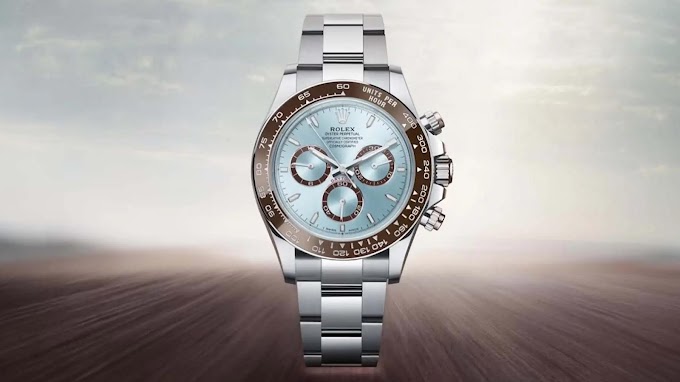Nike and the NBA share a detailed look into exactly how a team of Nike designers, engineers, pro players and sports scientists worked together to develop the league’s most technically advanced jersey and shorts.
Twenty years ago, basketball was more physical. There was holding and grabbing. Play was slower, and more methodical. But then, the rules changed. Shifts to calls on illegal defense (stemming from deregulation of zone defense) and a reduction of allowance of hand checking meant that play got faster and more fluid. In step, players have adapted, becoming incredibly versatile and making quicker decisions. Teams started playing smaller lineups, and the wide-open offenses once unique to a few franchises have become the new benchmark.
This mission was top of mind when Nike’s partnership with the NBA was cemented in June 2015. Nike designers went to work immediately building the new uniform with the goal to minimize distractions by keeping the athletes cool, dry and completely mobile – all in an updated sleek look. They had 25 years of institutional knowledge to build on and were approaching a once-every-four-years opportunity to get feedback from the world’s greatest athletes: the Rio games.
There, the players debuted the Nike Vapor uniforms that featured high-performance knit jerseys and shorts built with Nike AeroSwift technology. The kit was Nike Basketball’s most advanced to date. “Still, it was our starting point,” says Parker. “To prepare for the NBA, we had to re-examine every part of that uniform, and we’ve changed pretty much everything since Rio.”
Nike engineers and designers focused their re-examination on three areas: movement, thermoregulation and fit. In terms of movement, third-party sport researchers gathered data that showed that no athlete moves quite as diversely as a basketball player. During an average game, a player may cover more than four miles with full-speed bursts that last about 1.6 seconds. An athlete can change directions every two seconds, totaling 1,000 per game. Some jump up to 42 times with an average lift-off time of .16 seconds. “Basketball is a game of transition more than any other sport,” says Parker. “A player will go from sitting on the bench to sprinting top speed to jumping as high as he can within seconds.”
To figure out exactly how to create a uniform that would run, cut and jump with each player, as well as to gather information on temperature regulation, the team put in countless hours of rigorous testing, including everything from snag and burst testing to pilling and wash testing, as well as creating atlas maps – a process that involves taking a digital body scan to evaluate sweat zones, contact zones and where basketball players need full range of motion.
Designers overlaid the three atlas maps to understand how to design a uniform in three dimensions. For example, the maps indicated that the chest produces sweat and it’s a cling zone. Because the team was working with an engineered knit fabric, they were able to program the knit structure to create a three-dimensional zone to allow air to flow through, and placed tiny nodes on it to help prevent it from sticking to the skin.
The front of the jersey has a dimensional texturized yarn that stands off the skin to help reduce cling and increase breathability. The back of the jersey uses a slightly different open-hole mesh engineered texturized yarn that maximizes breathability and air flow. Similarly, designers modified the uniform based on range of motion information gleaned from the maps, including scalloping the back of the jersey around the shoulder (rather than using the continuous rib design that’s always previously been used) and shifting the motion vent on the short toward the front so that when a player makes a cut or is on defense, it opens in a spot that allows them to move more freely.
Atlas maps indicated an athlete would move more freely if designers adjusted the cut of the armholes around the back of the shoulders. Designers also shifted the motion vent toward the front of the shorts to facilitate more range of motion. To put the design to the test and to gather insight on how the athletes feel in the uniforms, several NBA teams including the Jazz, the Mavericks and the Blazers, as well as various college teams tested the uniforms.
The process was iterative: Nike would research and make a version of the uniform, put it on the athletes for about a week’s worth of practices, take the athletes’ feedback to refine the uniform and create a new silhouette that they would then go back out and test on those same players, and so on, which went on for about a year.
Another key to wear testing was solving for the reality of the players’ diverse body types. The uniform needed to be versatile in that one style had to look amazing on every athlete, but it also needed to feel like it was made specifically for each player. “These guys are superhuman size, so you have to make something that works for KD at 6’9” and 240 pounds, LeBron at 6’8” and 250 pounds, Isaiah Thomas at 5’9” and 185 pounds and everyone in between,” says Parker.
Style was also a consideration. After all, the league ranges from 19-year-old rookies up to 40-year-old veterans, all of who have personal opinions on fit and feel. Beyond the functional and style details, the athletes indicated that honoring their emotional connection to the uniforms was important.








